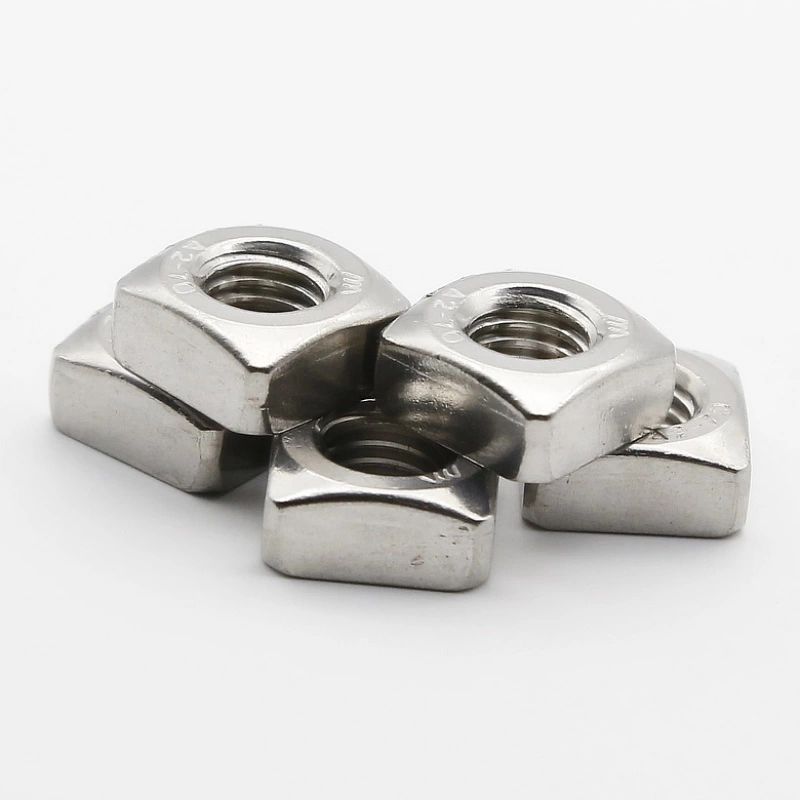

m20 galvanised threaded rod
Dez. . 05, 2024 14:25 Back to list
m20 galvanised threaded rod
Understanding M20 Galvanised Threaded Rod A Comprehensive Guide
M20 galvanised threaded rods are essential components in various construction and engineering applications, known for their strength, durability, and resistance to corrosion. This article aims to provide an in-depth understanding of these versatile rods, exploring their specifications, applications, advantages, and installation procedures.
What is an M20 Galvanised Threaded Rod?
The term M20 refers to the diameter of the rod, which is 20 millimeters. The M denotes the metric thread diameter, and these rods are typically manufactured to standards set by the International Organization for Standardization (ISO). Galvanised rods are coated with a layer of zinc to protect against rust and other forms of corrosion, making them suitable for outdoor and harsh environmental conditions. This galvanisation process significantly enhances the rod’s lifespan, making it a preferred material for many applications.
Specifications
M20 galvanised threaded rods come in various lengths and strengths, depending on the specific requirements of the project. These rods usually adhere to the specifications set by standards such as ASTM A307 or ISO 898-1, ensuring high quality and reliability. The threaded design of these rods allows for easy attachment of nuts and other fasteners, facilitating secure fastening in construction projects. Typically, the thread pitch for M20 rods is 2.5 mm, which helps in aligning the nuts properly during installation.
Applications
M20 galvanised threaded rods have a wide range of applications, particularly in the construction industry. Some of the most common uses include
1. Structural Applications These rods are used to tie together structural elements, providing stability and strength to buildings, bridges, and other infrastructures.
2. Anchoring M20 rods serve as anchor bolts for securing equipment, machinery, and large structures to concrete or masonry bases.
3. Suspension Systems In roofing and ceiling systems, these rods are often employed to suspend fixtures and support frameworks.
4. Manufacturing Beyond construction, M20 galvanised rods are used in manufacturing processes for creating assemblies and components that require strong, durable connections.
Advantages
m20 galvanised threaded rod

The use of M20 galvanised threaded rods offers several advantages
1. Corrosion Resistance The galvanisation process effectively shields the steel from moisture, chemicals, and environmental factors that cause corrosion, ensuring durability and longevity.
2. High Strength With their robust construction, M20 rods can withstand high loads, making them ideal for heavy-duty applications.
3. Versatility These rods can be easily cut to desired lengths and can accommodate various nuts and washers, allowing for flexibility in design and usage.
4. Cost-Effectiveness Although the initial investment may be higher than non-galvanised options, the durability and reduced maintenance costs associated with galvanised rods make them a cost-effective choice in the long run.
Installation Procedure
Installing M20 galvanised threaded rods involves several steps to ensure a secure fit
1. Preparation Measure and cut the rod to the required length using appropriate tools.
2. Positioning Place the rod in the desired location, ensuring proper alignment with the components it will secure.
3. Fastening Use compatible nuts and washers to fasten the rod, tightening them securely according to manufacturer specifications.
4. Final Check After installation, check for alignment, tightness, and overall stability to ensure the assembly can bear the intended load.
Conclusion
In summary, M20 galvanised threaded rods are critical components in construction and engineering, thanks to their strength, versatility, and resistance to corrosion. Understanding their specifications, applications, and installation procedures allows professionals and DIY enthusiasts alike to leverage their benefits for various projects. Whether in structural applications, manufacturing, or anchoring, M20 galvanised threaded rods ensure reliability and durability, making them a staple in construction materials.
Latest news
-
Similarities and Differences Between Plain Washer and Spring Washer - Fastener Comparison Guide
NewsJun.10,2025
-
Effortless Installation Self-Drilling Window Screws - Fast, Secure, and Durable Fasteners
NewsJun.10,2025
-
Self Drilling Stucco Screws for Fast, Secure Installation Self Tapping & Self-Tapping Fasteners
NewsJun.10,2025
-
Premium Hot Dipped Galvanized Self Tapping Screws - Durable Corrosion Resistance
NewsJun.09,2025
-
Discover M12 Weld Stud Benefits & Applications Guide
NewsJun.09,2025
-
M25 Stainless Steel Washers High-Durability Fasteners for Corrosion Resistance
NewsJun.09,2025

